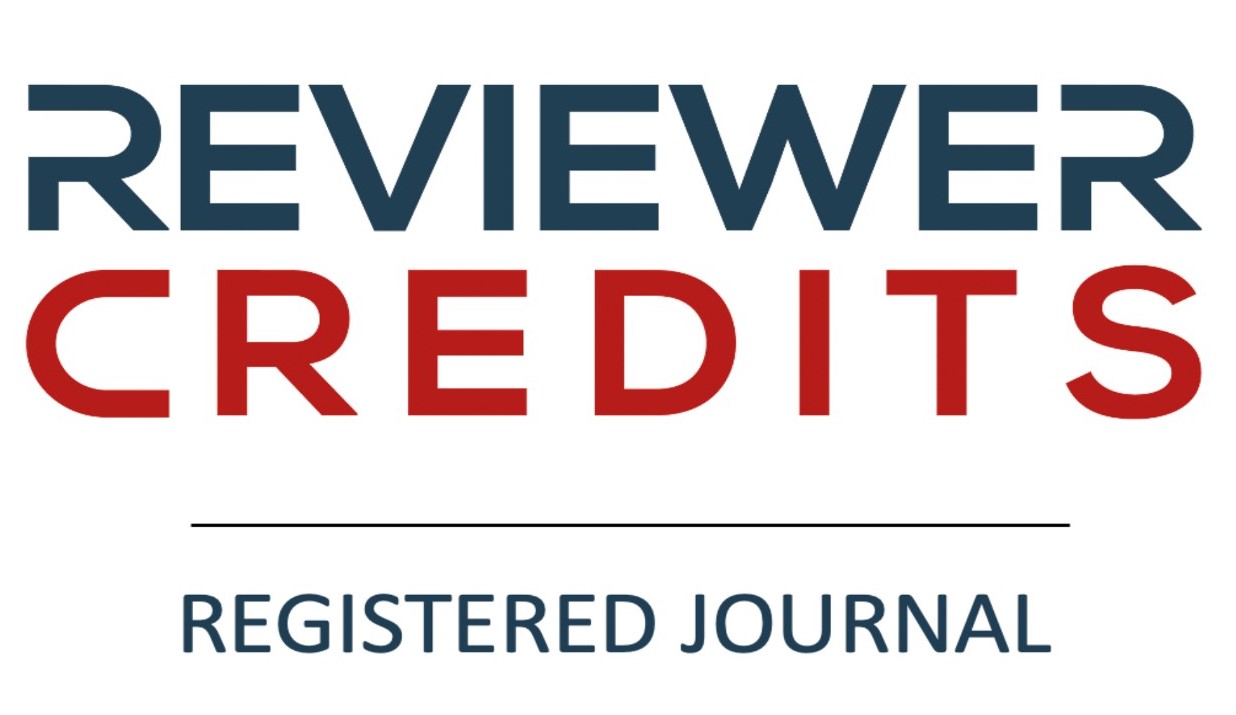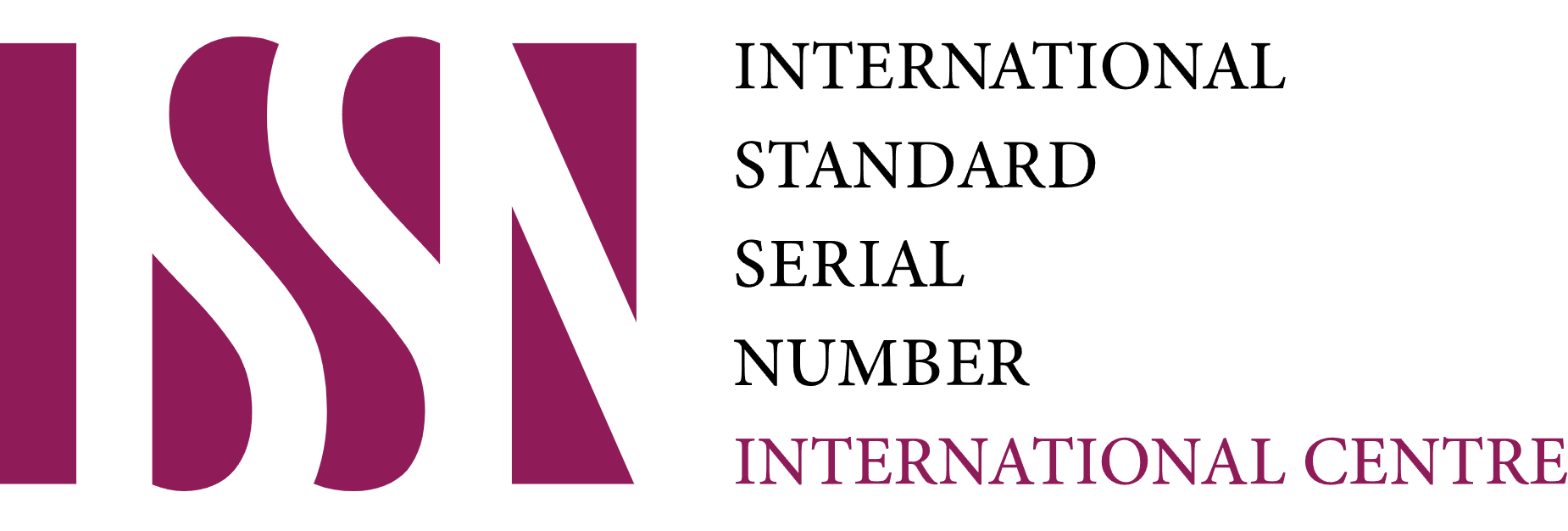ANALISIS SEGMENTASI PASAR SUSU KAMBING BERDASARKAN KARAKTERISTIK KONSUMEN DI WILAYAH BOGOR
DOI:
https://doi.org/10.51852/jpp.v6i1.305Abstract
This study was aimed to analyze the market segmentation of goat milk in the region of Bogor, as well as consumer characteristics and beneficial aspects that affect consumer interest in consuming goat milk. This analysis is to serve as database in formulating the marketing strategies of goat milk. This study commenced in December 2009 and ended in March 2010 in Bogor and its surrounding areas. The subjects of this study were dairy goat breeders, agents and retailers of goat milk, and individuals goat milk consumers. This study was conducted throught observation and field survey, questionnaires, interviews and, data analysis and data processing. The parameters of this study are consumer characteristics and some factors that influence the purchasing behavior of goat milk. The data were analyzed by descriptif and cluster analysis. The results of this study showed that consumer market segmentation based on the terms of the benefits of goat milk products expected, are consumers who care about the health, productive consumer which age of 21 to 60 years, relatively high educated and working as private employees, state employees and civil servants of Javanese and Sundanese. Goat milk consumers in the area of Bogor is not dominated by Arabs and Chinese ethnic, but mainly from the Sundanese and Javanese. Improving the image of goat milk as a health drink can be done with the promotion of media products through advertising, distribution, and by improving customer service.Downloads
Published
Issue
Section
License
Authors who publish with this journal agree to the following terms:
1. Copyright on any article is retained by the author(s).
2. The author grants the journal, right of first publication with the work simultaneously licensed under a Creative Commons Attribution License that allows others to share the work with an acknowledgment of the works authorship and initial publication in this journal.
3. Authors are able to enter into separate, additional contractual arrangements for the non-exclusive distribution of the journals published version of the work (e.g., post it to an institutional repository or publish it in a book), with an acknowledgment of its initial publication in this journal.
4. Authors are permitted and encouraged to post their work online (e.g., in institutional repositories or on their website) prior to and during the submission process, as it can lead to productive exchanges, as well as earlier and greater citation of published work.
5. The article and any associated published material is distributed under the Creative Commons Attribution-ShareAlike 4.0 International License













